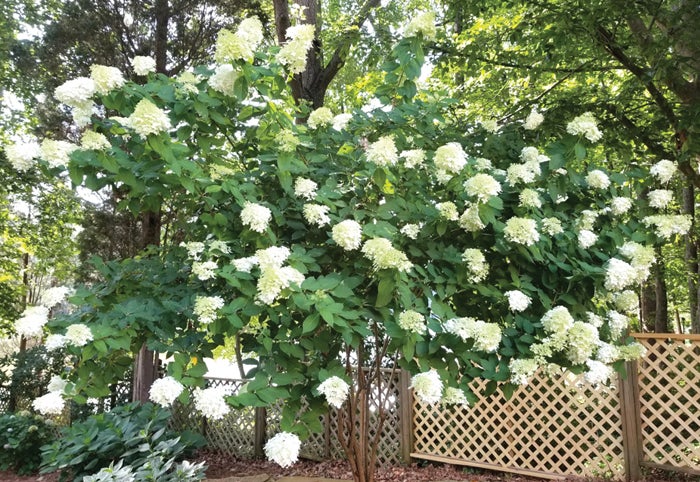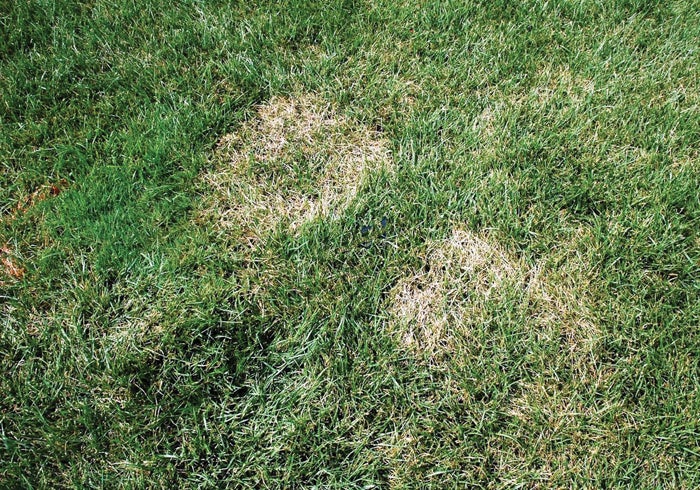Answering your mid-summer garden questions
Published 12:00 am Friday, July 14, 2017
It’s July and you can expect it to be hot with high humidity that always keeps homeowners busy. Below are questions posed by homeowners over the past few weeks.
Question: When I mow my mother-in-law’s lawn, a limb from a dogwood always slaps me in the face as I mow around the tree. I want to prune the tree, but she’s afraid it will kill the tree. Would it be OK for me to go ahead and prune the tree now and not kill the tree?
Answer: Yes, you can judiciously prune the tree limbs back now. The key word is judicious. Removing a small limb or two this time of the year will generally not harm dogwood trees.
Question: What are those white shrubs I see blooming all over the county? Are they some type of snowball bush?
Answer: The landscape plants you see are probably hydrangea paniculata. There are many cultivars from small plants to tree form types. Limelight is a very popular cultivar grown in this area that is in full bloom now. These hydrangeas adapt well to sunlight better than the older grandiflora hydrangea cultivars. They are tough plants that can adapt to dry weather conditions. Go to the web at https://plants.ces.ncsu.edu/plants/all/hydrangea-paniculata/ for more detailed information about this cultivar.
Question: I cut down some crepe myrtle trees in my yard this fall and had the stumps ground. Now I have crepe myrtle sprouts coming up where they were ground and even in my lawn adjacent to the trees. What can I do to get rid of these sprouts?
Answer: Unfortunately, you are going to have these sprouts reappearing for a while until the food reserves stored in the roots are depleted. It may take a year or two before the roots finally are depleted and decay. In the meantime, spray with a brush killer or with Roundup to kill the sprouts. This will expedite the process.
Question: My lawn was absolutely perfect a few weeks ago. Now I have patches of dead brown areas showing up in sections in my lawn. What causes this and is there anything I can do to eliminate the problem?
Answer: Your problem sounds like brown patch. It’s a fungal disease that attacks fescue generally in warm, humid weather as we’ve experienced over the past few weeks. There are preventative fungicides that will keep the fungus under control and reduce the spread of the disease; however, you must apply fungicides to the entire lawn on a regular basis for adequate control. The fungicide will not cure what is already affected. Controlling brown patch in fescue lawns is difficult once it becomes established. Go to http://www.turffiles.ncsu.edu/diseases/brown-patch for more detailed information on brown patch in cool season fescue.
Darrell Blackwelder retired as the County Extension Director with horticulture responsibilities with the North Carolina Cooperative Extension Service in Rowan County.






